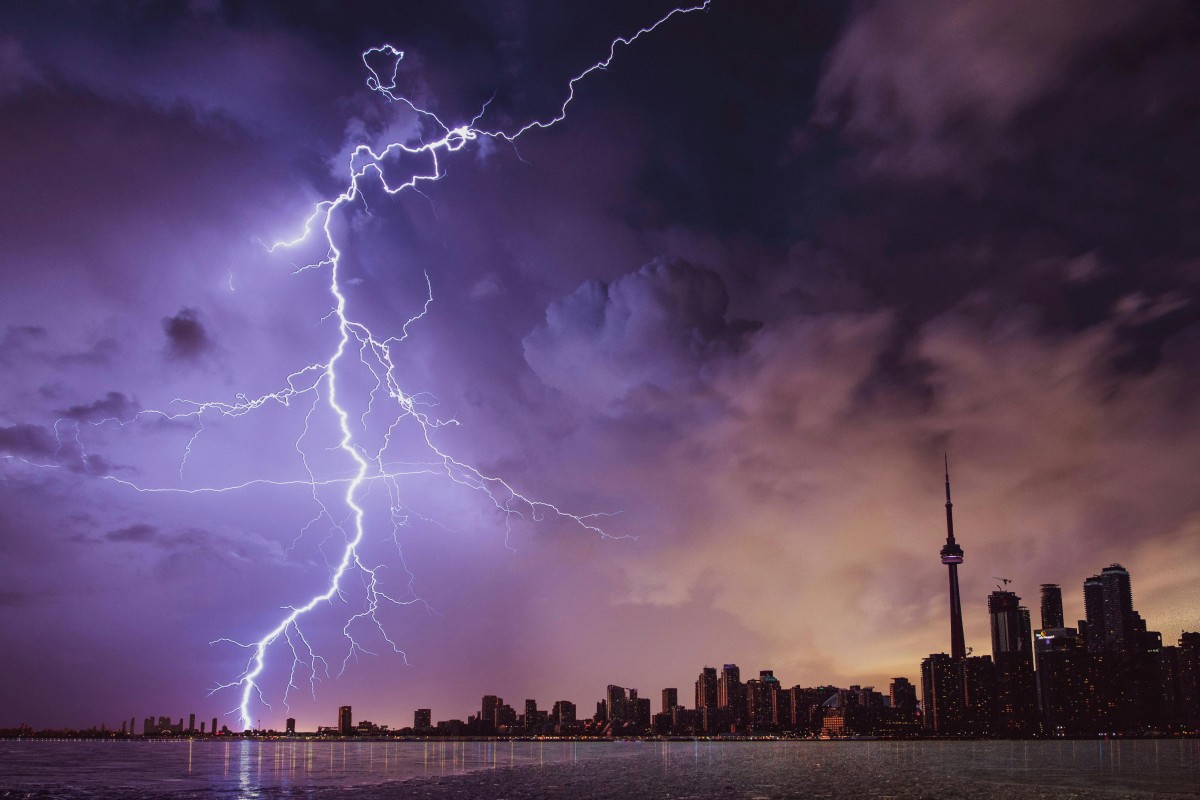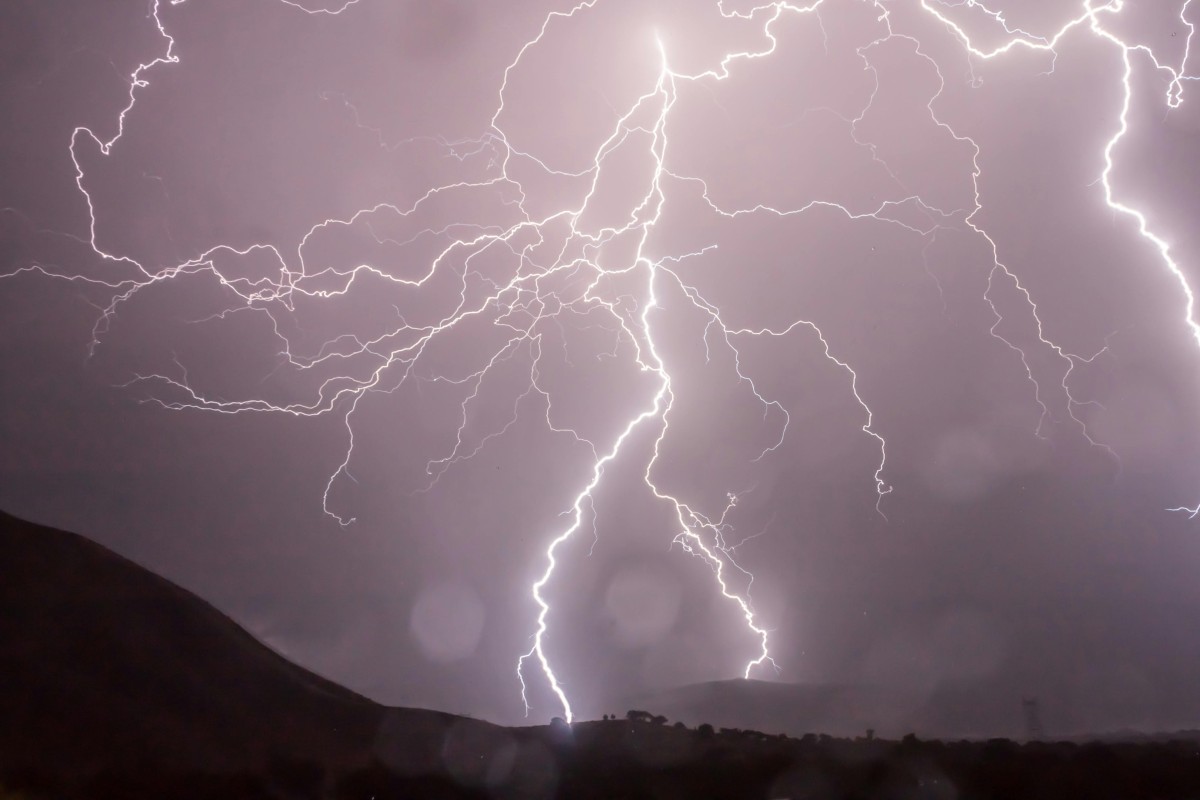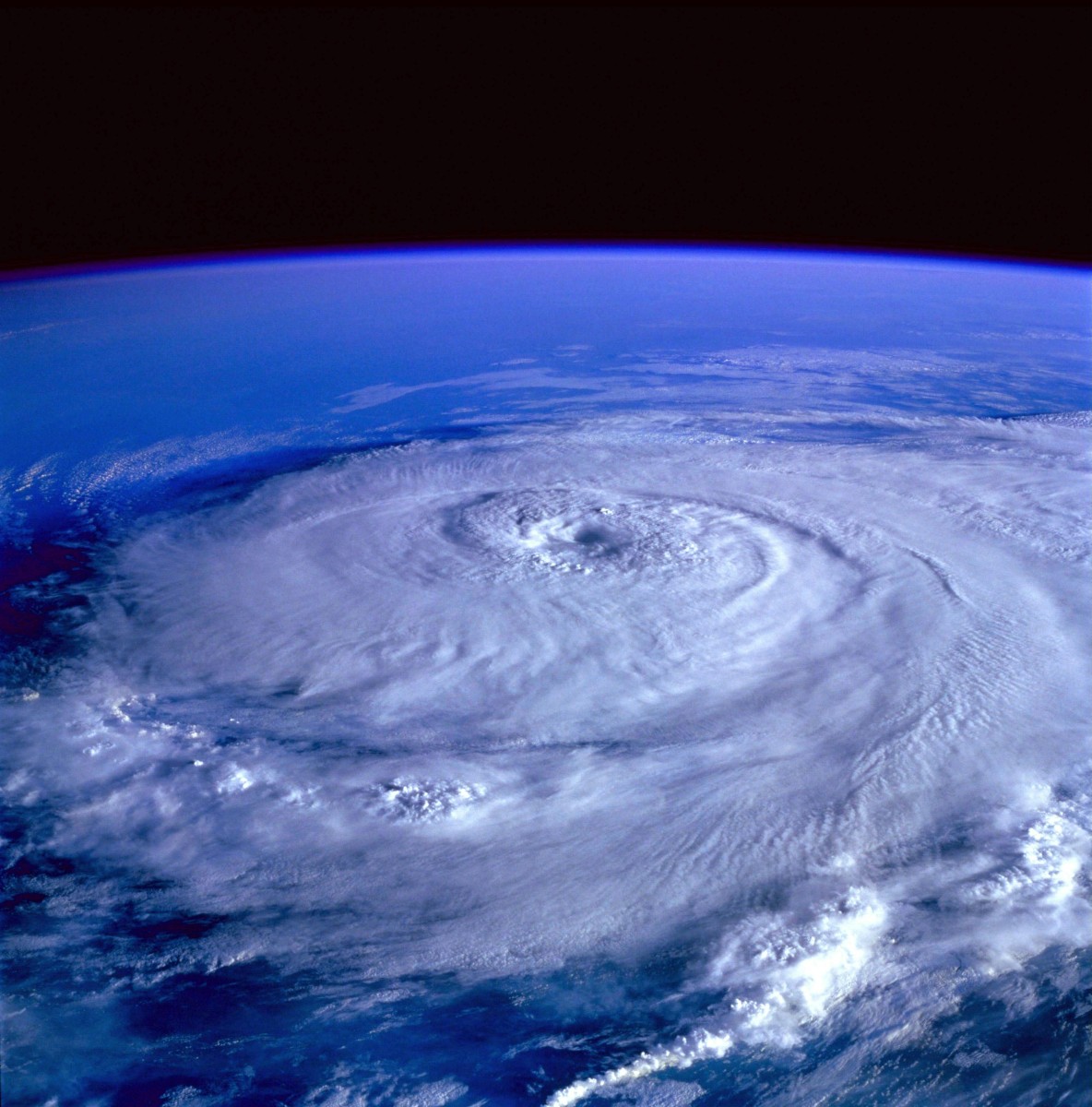What Is Public Storm Warning No 2?
In regions prone to tropical cyclones and severe weather conditions, Public Storm Warning No. 2 serves as a crucial advisory issued by meteorological agencies to alert communities of imminent threats posed by approaching storms. Understanding the significance of Public Storm Warning No. 2 and knowing how to interpret and respond to this advisory can help individuals and communities mitigate risks and prepare effectively for adverse weather events.

What Is Public Storm Warning No. 2?
Public Storm Warning No. 2 is a classification used by meteorological agencies, particularly in countries vulnerable to tropical cyclones, to signify the likelihood of moderate to severe weather conditions associated with an approaching storm. This warning is part of a hierarchical system of storm advisories that provides escalating levels of information and guidance based on the intensity and projected path of the storm.
The issuance of Public Storm Warning No. 2 indicates that a tropical cyclone, such as a tropical depression, tropical storm, or typhoon, poses a significant threat to specific areas within the warning zone. The warning conveys the expected intensity of the storm’s impact, including strong winds, heavy rainfall, storm surges, and potential flooding, and advises residents and authorities to take appropriate precautionary measures.
Interpreting Public Storm Warning No. 2
When Public Storm Warning No. 2 is issued for a particular area, it signifies several key pieces of information that individuals and communities should pay attention to:
1. Location and Movement of the Storm: The warning provides details regarding the location, intensity, and projected path of the tropical cyclone. This information helps residents and authorities anticipate when and where the storm is expected to make landfall and which areas are likely to be most affected.
2. Expected Impact: Public Storm Warning No. 2 outlines the anticipated impact of the storm, including potential hazards such as strong winds, heavy rainfall, storm surges, and flooding. Residents are advised to prepare for these adverse conditions and take necessary precautions to safeguard life and property.
3. Precautionary Measures: The warning typically includes recommendations and guidelines on how individuals, communities, and relevant authorities can prepare for the impending storm. This may involve securing loose objects, reinforcing structures, evacuating flood-prone areas, and stocking up on essential supplies.
4. Duration of the Warning: Public Storm Warning No. 2 remains in effect for a specified duration, typically until the threat of the storm has passed or until further updates are issued by meteorological agencies. Residents are advised to stay informed and remain vigilant throughout the duration of the warning period.

Preparing for Public Storm Warning No. 2
In anticipation of Public Storm Warning No. 2, individuals and communities should take proactive steps to prepare for the impending storm and minimize potential risks. Here are some essential preparatory measures:
1. Stay Informed: Monitor weather updates and advisories issued by meteorological agencies through official channels, such as radio broadcasts, television, websites, and mobile apps. Pay attention to Public Storm Warning No. 2 and follow instructions from local authorities.
2. Review Emergency Plans: Review and update your family’s emergency preparedness plan, including evacuation routes, designated shelters, communication strategies, and emergency contacts. Ensure that all family members are aware of the plan and know what to do in the event of a storm.
3. Secure Property: Take steps to secure outdoor furniture, equipment, and loose objects that could become projectiles in strong winds. Trim tree branches, clear gutters and drains, and reinforce doors and windows to minimize potential damage from the storm.
4. Stock Up on Supplies: Prepare an emergency kit containing essential supplies such as non-perishable food, water, medications, flashlights, batteries, first aid supplies, and important documents. Ensure an adequate supply of provisions to sustain your family for several days in case of prolonged power outages or restricted access to resources.
5. Follow Evacuation Orders: If residing in a flood-prone or coastal area, heed evacuation orders issued by local authorities. Evacuate to designated shelters or safe locations well in advance of the storm’s arrival to ensure personal safety and avoid being stranded in hazardous conditions.
Public Storm Warning No. 2 plays a critical role in alerting communities to the imminent threat posed by tropical cyclones and severe weather events. By understanding the significance of this advisory and taking proactive measures to prepare and respond effectively, individuals and communities can minimize risks, protect lives and property, and enhance resilience in the face of adverse weather conditions. Stay informed, stay prepared, and stay safe.



